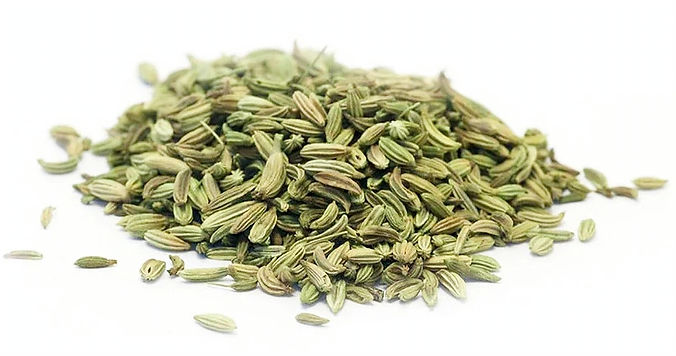
An Introduction to Aniseed
Aniseed, known for its sweet liquorice-like flavour, is a spice with a history stretching from ancient Egypt to today’s kitchens around the world.
Aniseed
Pimpinella Anisum
What is Aniseed?
Aniseed has been treasured since antiquity, valued for both its culinary uses and medicinal properties.
Ancient Egyptians and Romans used it to aid digestion and flavour breads, while in the Middle Ages it was a prized spice along trade routes.
Today, it remains a staple in both sweet and savoury recipes—flavouring liqueurs like ouzo, arak, and sambuca, as well as baked goods, spice blends, and herbal teas.
Its essential oil, rich in anethole, gives aniseed its characteristic liquorice taste and soothing digestive qualities.

Flavour and Taste
Aniseed has a sweet, warm flavour reminiscent of licorice, with subtle hints of spice and a gentle herbal brightness. It brings a distinctive, aromatic lift to both sweet and savoury dishes, adding depth and a lingering, slightly sweet warmth.
Facts about Aniseed
FAQ
How Does Aniseed Taste?
Aniseed has a sweet, liquorice-like flavour with warm, mildly spicy undertones.
What is the difference between aniseed and star anise?
Although both have a liquorice-like flavour, aniseed (Pimpinella anisum) and star anise (Illicium verum) come from different plants. Star anise has a sharper, spicier taste.
How is aniseed used in cooking?
It’s used to flavour breads, cookies, liqueurs (like ouzo or sambuca), and herbal teas. A little goes a long way due to its strong aroma.
Can aniseed be used in savoury dishes?
Yes — it adds subtle sweetness to meat marinades, sauces, and spice blends in Mediterranean and Middle Eastern cuisines.

Recipe Idea:
Aniseed-Spiced Tea
-
Simmer 1 teaspoon of crushed aniseed in 1 cup of water for 5–7 minutes.
-
Strain and sweeten with honey for a naturally calming tea that aids digestion and provides gentle warmth after meals.
